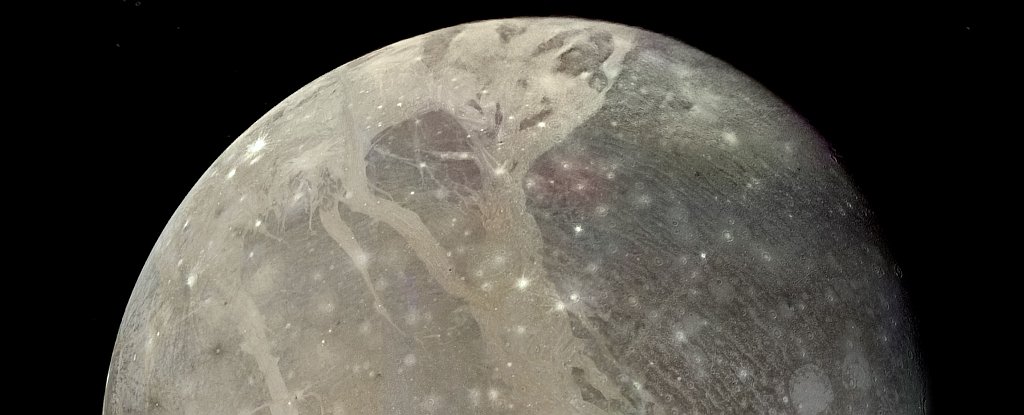
Astronomers have found that the tectonic troughs known as furrows, thought to be the oldest geological features on Ganymede, form a series of concentric rings up to 7,800 kilometres (4,847 miles) across, as though something had slammed into the moon.
During this period, the moon is thought to have taken an absolute cometary pummelling due to gravitational focusing by Jupiter - so a giant impact is certainly plausible.
On Jupiter's moon Callisto, the Valhalla crater is a multi-ring impact crater with a diameter of up to 3,800 kilometres (2,360 miles), thought to be between 2 and 4 billion years old.
The Valhalla crater is also the current record-holder for biggest impact structure in the Solar System, followed by the Utopia Planitia on Mars, an impact basin (not a multi-ring structure) 3,300 kilometres (2,050 miles) across.
If the furrows were caused by a giant impact, there should be a gravitational anomaly at the impact site, as seen in other large impact structures such as the South Pole-Aitken Basin on the Moon.
